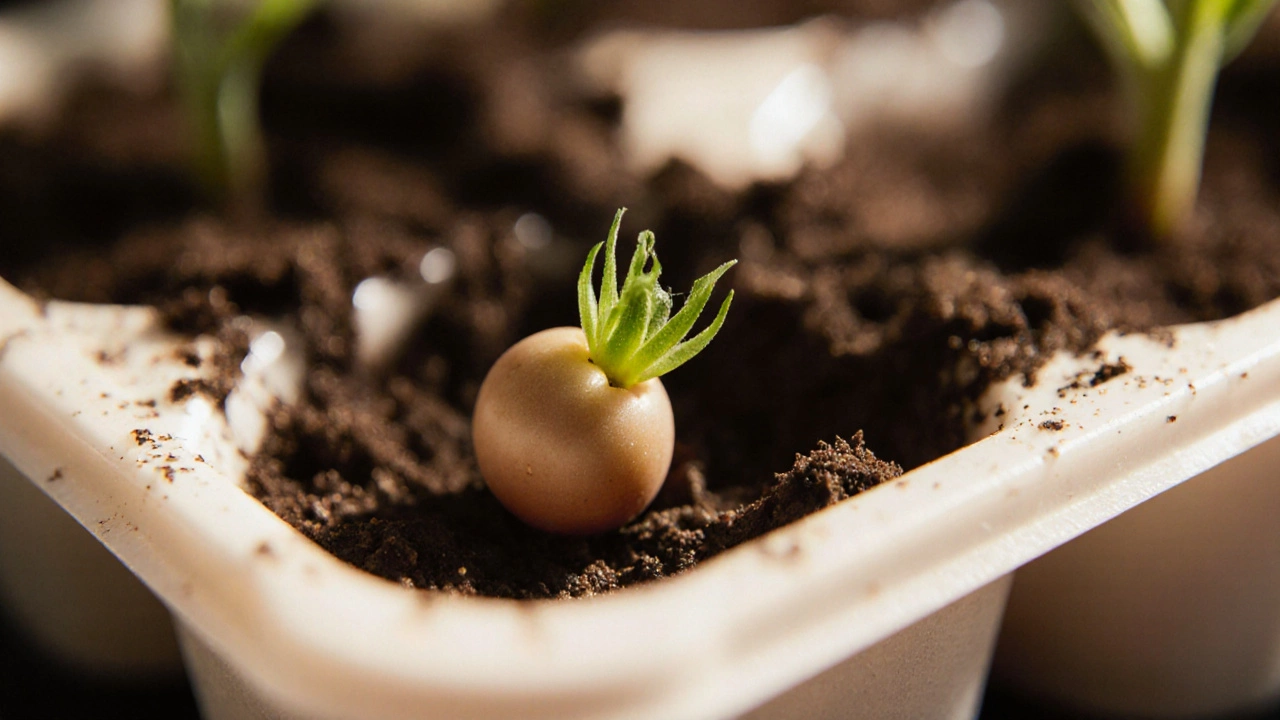Discover the exact timeline for growing tomatoes from seed to harvest, with tips for UK gardeners, variety comparisons, and a handy FAQ.
Grow Time: How Long Plants Take to Thrive in Indian Gardens
When you plant a seed, you’re not just putting soil in a pot—you’re starting a clock. Grow time, the period from planting to harvest or full bloom. Also known as growth cycle, it’s the silent rhythm that guides every gardener in India, from balcony herb growers to field farmers. Some plants sprint to maturity in 30 days, like radishes or spinach. Others take months, like brinjal or mango trees. Knowing the difference isn’t just helpful—it’s the difference between a thriving garden and frustration.
Grow time doesn’t happen in a vacuum. It’s shaped by climate, the local weather patterns that determine planting windows and growth speed. In South India, a tomato might flower in 45 days. In North India, the same variety might take 60 because of cooler springs. Then there’s soil quality, how well the ground holds water, nutrients, and air. Dense clay slows roots down. Light, compost-rich soil lets them race. And don’t forget watering habits, how consistently you supply moisture. A drip system that leaks or a missed watering day can stretch grow time by weeks.
You’ll find plenty of posts here that cut through the noise. Some show you which plants bloom all year in India, so you know what to expect long-term. Others reveal how to fix clogged drip emitters—because uneven water means uneven growth. There’s advice on loosening dense soil, choosing the right balcony orientation for sun, and even why rice can’t regrow on its own. You’ll learn why basil is the easiest balcony plant (it grows fast, needs little, and rewards you daily), and how to protect zinnias from rabbits before they eat your hard work. Whether you’re waiting 30 days for a harvest or three years for a jasmine vine to climb, this collection gives you the real-world timeline you need—not theory, not fluff, just what works under Indian skies.
